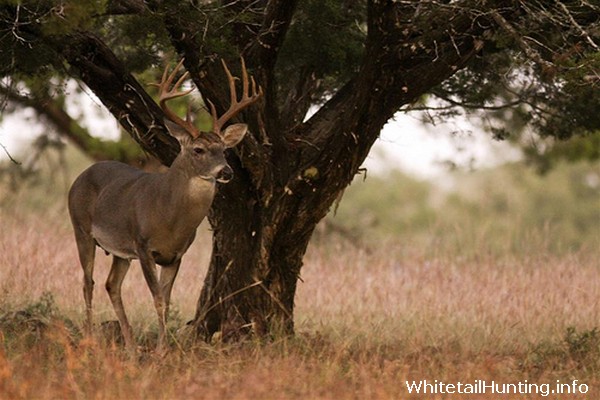The hunting of white-tailed deer taken place for thousands of years, yet it’s only in the last hundred-plus years that trophy hunting has become popular. The need to keep track of trophies harvested spurred the establishment of the Boone and Crockett Club in 1887 by Theodore Roosevelt. For most hunters, each and every harvested is a true trophy. However, the word “trophy” has been hi-jacked to some extent in that now it’s almost synonymous with the term “large antlers.”
It’s been noted by many sources that wildlife species that are hunted tend to have thriving, robust populations. Regardless of whether this fact can be proven or not, the North American Model for Wildlife Conservation puts the load of the funding for wildlife and habitat management in the U.S. on the backs of hunters. Hunters fund most state and federal management programs, but not just for game animals but also for non-game species through money collected through the Pittman-Roberson Act (1937) and the Dingell-Johnson Act (1950).
According to Wikipedia, this is the definition of Trophy Hunting: “Trophy hunting is the selective hunting of wild game animals. Although parts of the slain animal may be kept as a hunting trophy or memorial (usually the skin, antlers and/or head), the carcass itself is sometimes used as food.”
In the case of white-tailed deer and other game animals hunted within the U.S., the carcass is always used as food. It’s illegal in just about every instance to waste the meat of game animals. The only instance where the meat would not be retained would be if the animal was sick, diseased. The desire for additional trophy deer has lead to increased deer population management, which has fueled habitat improvement on private lands across the whitetail’s range. An untold number of species benefit from better habitat.

Trophy Hunting 101
Source: Trophy hunting is a misunderstood topic these days, even among hunters. The many misconceptions and myths that surround trophy hunting have helped turn it into a controversial subject.
Some of these misconceptions are probably the result of anti-hunters deliberately looking to misconstrue the true benefits of trophy hunting and use it to divide the hunting community in general. However, some of the misconceptions about trophy hunting are undoubtedly the result of people being misinformed and ignorant of its benefits. Hopefully, this article on trophy hunting will clear up some of the misconceptions about it and help set the record straight.
What is trophy hunting?
Put simply, trophy hunting is the careful and selective hunting of a particular wild game animal, usually because that particular animal has a desirable characteristic, such as large antlers/horns and/or a distinctive hide. Most hunters then keep the trophy — be it the hide and/or the antlers/horns of the animal — and preserve it as some sort of memento of the hunt. This helps memorialize the memory of the hunt (and all of the experiences that went along with it) for the hunter. However, it also preserves the beauty and majesty of the animal, which lasts much longer and can be enjoyed by many more people in a trophy room or museum than it would in the wild.
Normally, trophy hunters target older animals that may be past breeding age, or at least are old enough to have had a chance to pass their genes along. Especially in the case of the very old animals that are often pursued by trophy hunters, they may be so old that they would not have survived the next winter or dry season, dying of exposure or starvation instead.
The great hunter Elgin Gates said it best in his description of trophy hunters:
“The true trophy hunter is a self-disciplined perfectionist seeking a single animal, the ancient patriarch well past his prime that is often an outcast from his own kind … If successful, he will enshrine the trophy in a place of honor. This is a more noble and fitting end than dying on some lost and lonely ledge where the scavengers will pick his bones, and his magnificent horns will weather away and be lost forever.”
Everyone Has a Trophy
Whether you call yourself a hunter or not, we all have something that we consider a trophy. To someone that does not enjoy deer hunting an animal may seem like a strange trophy. But it’s as much about the hunter, and the getting there, patience, and ability to challenge one’s self as it is about the animal… kind of like a runner that competes in 5K’s and marathons. It’s obviously not just about the medal that’s received when the race is over, although that does commemorate the occasion. Everyone has something they put on a wall.